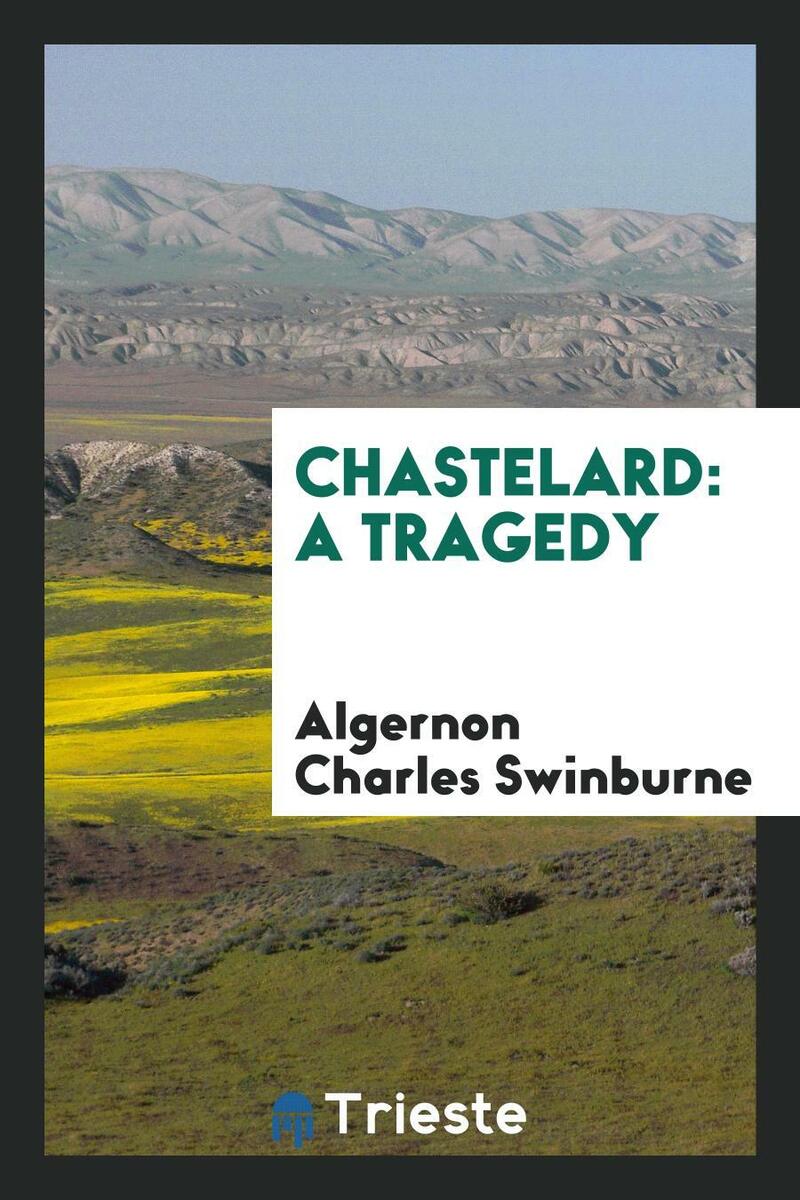SCENE I — The great Chamber in Holyrood.
byScene I of Act II opens in the Great Chamber at Holyrood, where Queen Mary and Mary Seyton speak under a veil of tension. The Queen, though composed, seems burdened by whispers and unresolved suspicion. She questions Mary Seyton about a possible breach of propriety—something seen or overheard that might reflect poorly on the court. Mary’s reluctance to confirm or deny deepens the Queen’s unease, not because of the court’s gossip, but because of what such secrets might reveal about herself. The Queen’s dignity must be preserved, yet her emotions threaten to surface. She is no longer just a ruler; she is a woman pulled between judgment and longing. Her mention of Chastelard comes not with authority, but with the vulnerability of someone who fears affection could be her undoing. Swinburne shows us a monarch who is as much the subject of scrutiny as she is the wielder of power.
When Father Black arrives, the mood shifts sharply from internal conflict to societal commentary. His tale of mockery and moral disdain frames the Queen’s reality—where even the sacred is reduced to spectacle. Through him, Swinburne criticizes not only hypocrisy but also the fragile line between virtue and shame in public life. The Queen listens but keeps her distance, absorbing the implications without yielding control. This scene highlights the paradox she inhabits—expected to be both above reproach and emotionally restrained, yet subjected to judgment from all corners. Chastelard’s arrival interrupts the conversation like a breeze entering a suffocating room. His presence is informal, even familiar, setting him apart from the stiffness of the court. He does not carry himself like a courtier, but as someone who has seen her humanity and speaks to it. His dialogue invites her to lower her mask, even briefly, and recall a time when desire didn’t demand consequences.
Their exchange plays like a symphony of unsaid truths. The Queen, weary from duty, finds herself longing for the liberty Chastelard represents. His recollections stir a wistful defiance in her, and she speaks openly about the cost of being Queen. While men go to battle or fall in love without scandal, she bears the weight of every look and every word. Their moment together is intimate, yet surrounded by danger, for both know their closeness is a threat to the throne. She envies Chastelard’s freedom to speak plainly, to dream, to desire without shame. He, in turn, sees her not as a sovereign but as a woman trapped behind a crown. The tension between them never fully resolves—it lingers, promising both possibility and peril.
As the scene draws to its conclusion, Queen Mary shifts from introspection to political resolve. Her decision to align herself publicly with Darnley is both calculated and emotional. She announces it with conviction, using love as both a shield and a sword. This declaration is not just about romance—it’s about reclaiming control over her narrative in the face of escalating gossip and risk. The Queen recognizes that her heart cannot be her only advisor. By choosing Darnley, she attempts to stabilize her court, even if it means silencing her true desires. For Chastelard, the news is a quiet death sentence; for Mary, it is the start of another kind of imprisonment. Swinburne ensures that even in her moment of command, the Queen is not fully free—her strength is shaped by the very constraints she tries to defy.
In this pivotal scene, Swinburne explores power, performance, and the costs of emotional truth in a world governed by appearance and allegiance. The Queen’s emotional landscape—filled with longing, fear, and strength—is carefully balanced against the political mechanics of her reign. This duality gives the scene its poignancy: private desires unfold in a space where public decisions loom large. Each gesture carries symbolic weight; each line feels carved from the stone of duty and hope. Ultimately, Scene I sets the stage not only for romantic tragedy but for a larger meditation on sovereignty, identity, and the fine line between self-preservation and self-betrayal.


